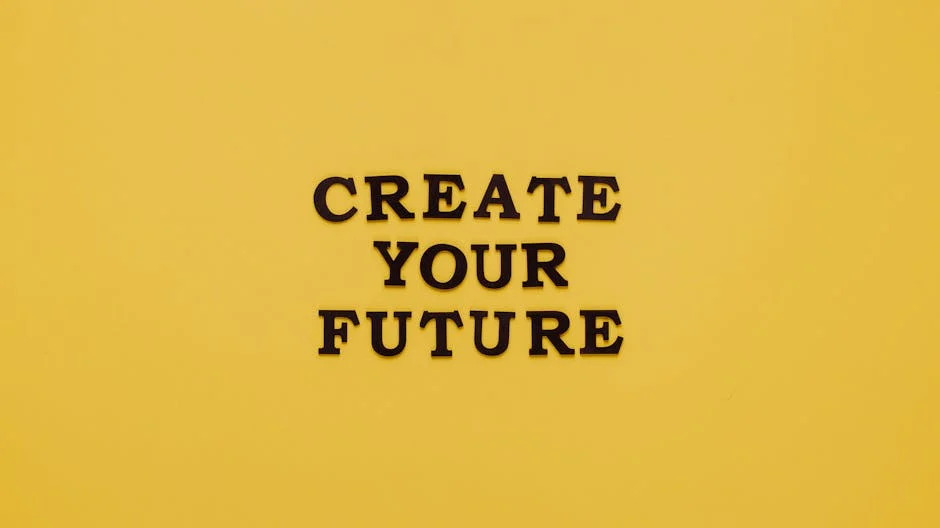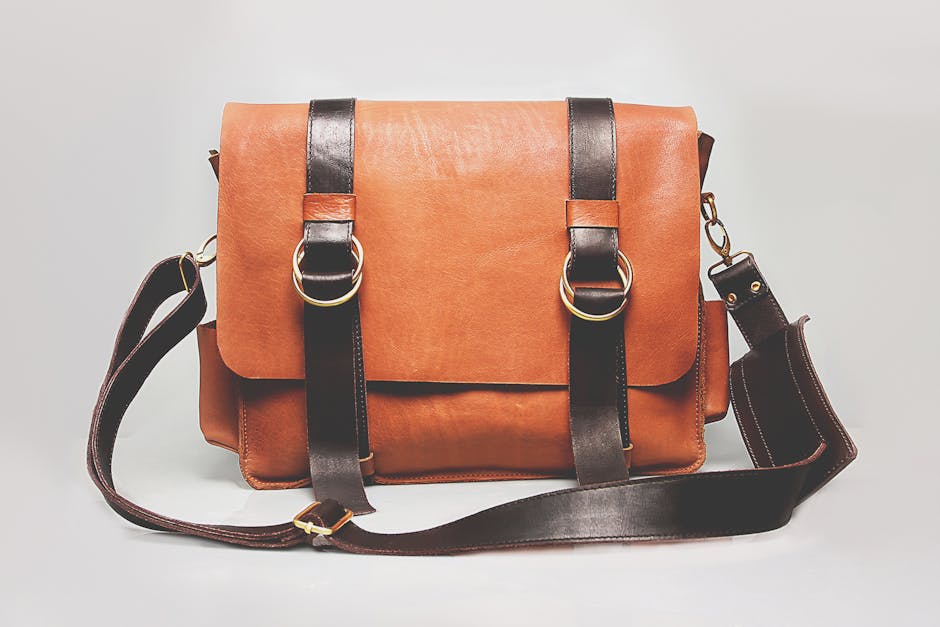Creating Upcycled Decor That Reflects Your Values and Creativity
Introduction
In a world increasingly conscious of sustainability, upcycling offers a fantastic opportunity to breathe new life into discarded items, transforming them into unique decor pieces that showcase your personal style and ethical values. More than just a DIY project, upcycling is a statement about your commitment to reducing waste and embracing creativity. This guide will explore how to create upcycled decor that not only looks good but also reflects what’s important to you.
Upcycling: A Fusion of Values and Creativity
Finding Inspiration and Materials
The first step is identifying your source materials. Look beyond the trash bin; consider:
- Thrift Stores & Flea Markets: Treasure troves of vintage finds and forgotten furniture waiting for a makeover.
- Garage Sales & Online Marketplaces: Opportunities to snag discounted items and pre-loved pieces.
- Your Own Home: Re-evaluate existing items – old clothes, outdated furniture, or even empty jars can be transformed.
- Nature: Driftwood, pinecones, and other natural elements can add rustic charm. (Be mindful of local regulations regarding collecting natural materials).
Inspiration can come from anywhere! Consider:
- Your personal style: Do you prefer minimalist, bohemian, rustic, or modern?
- Your values: Do you want to highlight sustainability, support local artisans (by using locally sourced materials), or promote a specific cause?
- Online platforms: Pinterest, Instagram, and design blogs are brimming with upcycling ideas.
Upcycling Project Ideas to Match Your Values
For the Eco-Conscious Homeowner:
- Pallet Furniture: Transform discarded pallets into coffee tables, headboards, or outdoor seating. Ensure they are heat-treated (HT) rather than chemically treated.
- Mason Jar Organizers: Repurpose glass jars into stylish storage containers for the kitchen, bathroom, or office. Decorate with paint, twine, or fabric scraps.
- Plastic Bottle Planters: Cut and decorate plastic bottles to create unique planters for herbs or small plants. This significantly reduces plastic waste.
- Upcycled Clothing Rugs: Cut old t-shirts and fabrics into strips and weave or braid them into a colorful rug.
For the Creative Artist:
- Mosaic Art from Broken Dishes: Transform broken plates and tiles into stunning mosaic artwork for tabletops, planters, or wall decor.
- Metal Sculpture from Scrap: Weld or assemble scrap metal pieces into abstract sculptures or functional art like lamps or garden ornaments.
- Altered Art: Find old books or framed prints at thrift stores and alter them with paint, collage, or mixed media techniques.
For the Sentimental Decorator:
- Memory Quilts from Old Clothing: Create a quilt using pieces of clothing that hold special memories, such as baby clothes, family t-shirts, or travel souvenirs.
- Shadow Boxes with Found Objects: Display treasured mementos like shells, ticket stubs, or dried flowers in shadow boxes to create personalized art.
- Family Photo Transfers onto Wood: Transfer photos onto wooden blocks or planks for a rustic and sentimental display.
DIY Techniques and Safety Tips
Before you start any upcycling project, consider these essential techniques and safety measures:
- Cleaning and Preparation: Thoroughly clean and prepare your materials before starting. Remove any dirt, rust, or old paint.
- Safe Cutting and Shaping: Use appropriate tools and wear safety glasses when cutting materials like glass, metal, or wood.
- Painting and Finishing: Choose eco-friendly paints and finishes that are low in VOCs (volatile organic compounds). Ensure proper ventilation when painting.
- Secure Assembly: Use strong adhesives, screws, or nails to securely assemble your upcycled creations.
- Proper Disposal: Dispose of any leftover materials responsibly. Recycle whenever possible.
Conclusion
Upcycling is a rewarding way to express your creativity, reduce waste, and create decor that reflects your values. By finding inspiration in discarded materials and employing simple DIY techniques, you can transform ordinary items into extraordinary pieces that add personality and meaning to your home. Embrace the process, experiment with different ideas, and let your imagination guide you to create unique upcycled decor that truly represents who you are.














Post Comment